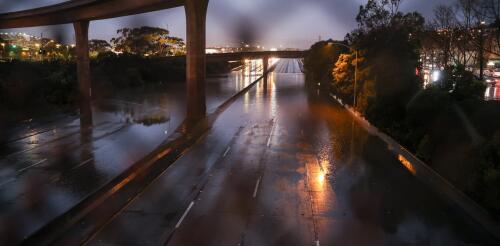Rain storm
When a powerful storm flooded neighborhoods in Fort Lauderdale, Florida, in April with what preliminary reports show was 25 inches of rain in 24 hours, few people were prepared. Even hurricanes rarely drop that much rain in one area that fast. Residents could do little to stop the floodwater as it spread over their yards and into their homes. Studies show that as global temperatures rise, more people will be at risk from such destructive flooding – including in areas far from the coasts that rarely faced extreme flooding in the past. In many of these communities, the people at greatest risk of harm from flash flooding are low-wage workers, older adults and other vulnerable residents who live in low-lying areas and who have few resources to protect their properties and themselves. I study the impact of extreme weather on vulnerable communities as an assistant professor of social work. To limit the damage, communities need to know who is at risk and how they can be better...
California has seen so much rain over the past few weeks that farm fields are inundated and normally dry creeks and drainage ditches have become torrents of water racing toward the ocean. Yet, most of the state remains in drought. All that runoff in the middle of a drought begs the question — why can’t more rainwater be collected and stored for the long, dry spring and summer when it’s needed? As a hydrogeologist at the University of California at Santa Cruz, I’m interested in what can be done to collect runoff from storms like this on a large scale. There are two primary sources of large-scale water storage that could help make a dent in the drought: holding that water behind dams and putting it in the ground. Why isn’t California capturing more runoff now? When California gets storms like the atmospheric rivers that hit in December 2022 and January 2023, water managers around the state probably shake their heads and ask why they can’t hold...

